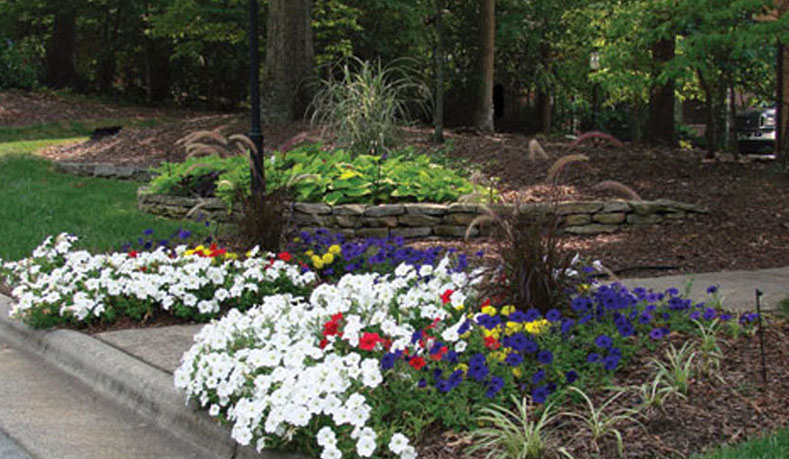Principles Of Design
Planning and design
A Landscape consultation is the first step and a necessary one to understand the client's initial needs. We develop a relationship with each client; we assess important views from your property and choose to either to accent or screen them. We then access the client's style and particular taste and talk about details such as color and texture.
From there we develop a landscape design based on the consultation, site analysis, field notes and measurements.
Get In Touch!
Light Source
Depending on what you are looking to grow, you may need more or less sunlight. To achieve the right amount of sun you may need to change the placement of your garden or remove obstacles which are preventing adequate sun access.
Soil analysis
Healthy soils grow healthy plants that need less water. Testing the soil for organic matter and nutrient content is important, so you will know what nutrients are lacking, and what minerals, compost or other organic material should be added.
Practical turf areas
Some turf grasses require a tremendous amount of water use. Considering the many drought-tolerant grass types that are available is a key step to planning.
Appropriate plant selection
Appropriate plant selection will keep your landscape in harmony with your local natural environment. The amount of sunlight, soil conditions, terrain, drainage issues all play a part in choosing the appropriate plant for a particular location.
Efficient irrigation
A good irrigation system should give your plants a sufficient amount of water without waste. You will need to consider irrigation that treats different plants zones (turf vs. garden plants vs. trees, e.g.) separately.
Mulching
Proper mulching naturally controls weed populations, prevents soil compaction, and creates favourable conditions for healthy plant life. Mulching flower and shrub beds conserves water by reducing moisture evaporation from the soil.


